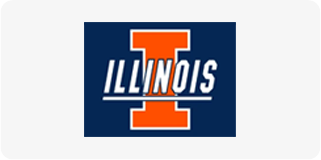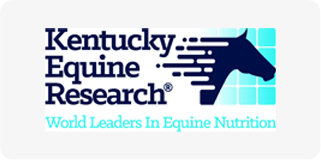The Breath of Champions: Respiratory Conditions That Limit Performance – Part 2
Posted by FLAIR Strips on Jul 31st 2025
Respiratory conditions are the second leading cause of poor performance in speed horses, following only musculoskeletal injuries. Conditions such as exercise-induced pulmonary hemorrhage (EIPH), equine asthma (EA), and dynamic upper airway obstructions (UAOs) are common in this population. Each poses unique challenges, and often these issues overlap—compounding respiratory strain, increasing fatigue, and reducing overall performance and career longevity.
Exercise-Induced Pulmonary Hemorrhage (EIPH): The Toll of Maximum Effort
EIPH occurs when fragile pulmonary capillaries rupture under extreme stress, leaking blood into the airways. This is primarily driven by:
- A 4x increase in pulmonary artery pressures during peak exertion
- A 20x rise in tidal volume and ventilation demand
- High airway resistance and intense negative pressures during inhalation creating vacuum effects
- Concussive hoof impact vibrations traveling up the limbs into the chest
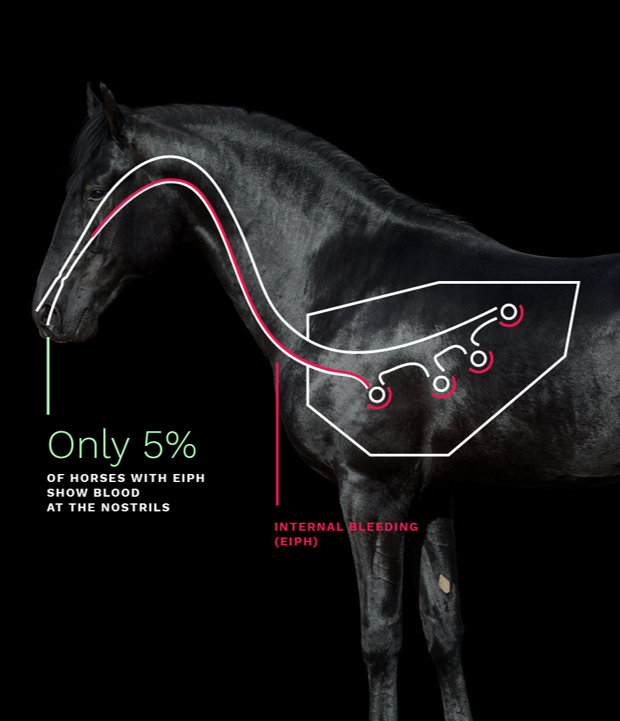
Most horses experience EIPH to some degree. Key symptoms include:
- Performance decline
- Prolonged recovery
- Rapid breathing or distress post-run
- Coughing, frequent swallowing
- Reluctance to enter the arena or box
- Crashing into barrels or poles
- Nosebleeds, especially with lowering of the head
Chronic EIPH causes long-term lung damage, inflammation, thickening of the blood-gas barrier, reduced oxygen exchange, and stiffening of lung tissue—making breathing more difficult and accelerating the decline in performance. Notably, 90% of lung damage accumulates gradually over a horse’s career, with the remaining 10% resulting from severe episodes during peak exertion.
Equine Asthma (EA): The Silent Performance Killer
Equine asthma is a chronic inflammatory condition of the lower airways that often flies under the radar. Triggered by genetic predisposition, airborne irritants, allergens, dust, infections, and poor ventilation, EA narrows the bronchi, increases mucus production, and reduces oxygen exchange. This significantly raises the energy cost of breathing—especially during high-intensity work.
Barrel horses are especially prone to EA, which quietly erodes performance over time. It also increases airway resistance, further compounding the risk and severity of EIPH.
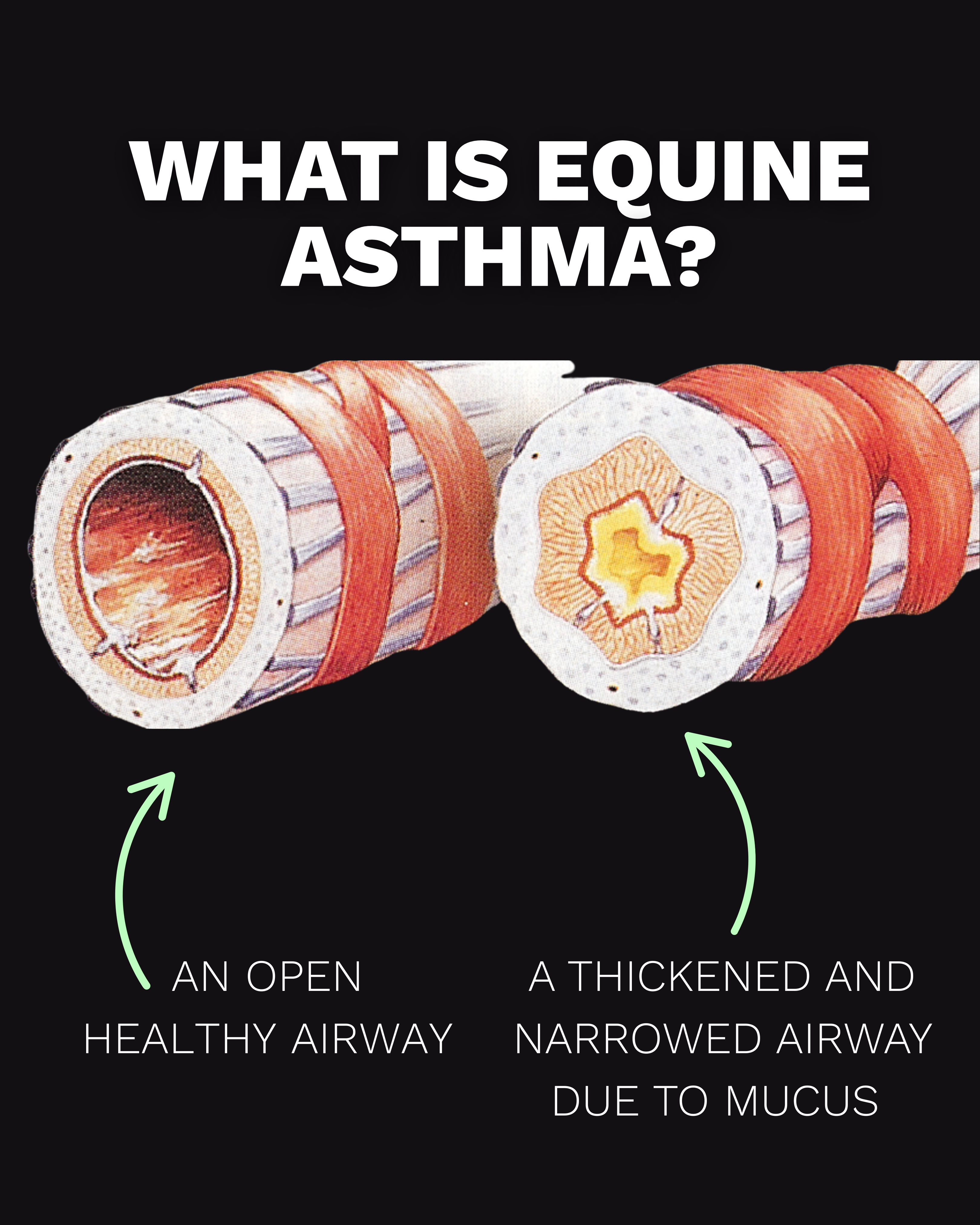
Signs of EA include:
- Mild, unexplained performance decline
- Early fatigue or labored breathing during exercise
- Occasional coughing at rest, progressing to persistent coughing during work
- Decreased stamina—even during loping circles
Upper Airway Obstructions (UAOs): Hidden but Harmful
Dynamic UAOs can severely limit airflow when horses need it most. These obstructions occur due to increased resistance and the extreme negative pressures generated during inhalation, making it harder to meet oxygen demands under speed and stress.
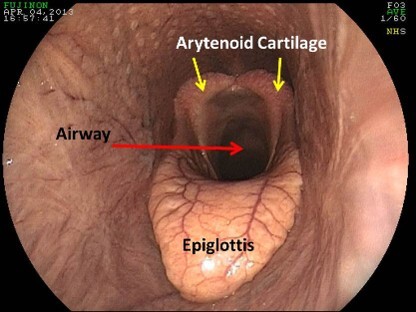
Common UAOs include:
- Laryngeal hemiplegia (“roaring”)
- Dorsal displacement of the soft palate (DDSP, “choking down”)
- Nasopharyngeal and pharyngeal collapse
- Epiglottic entrapment and vocal fold dysfunction
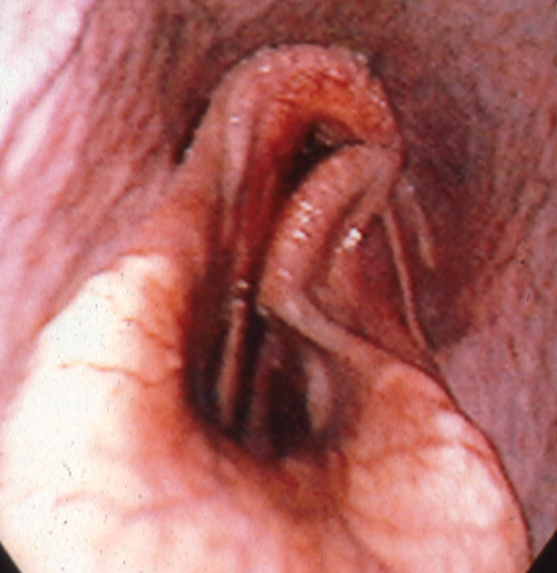
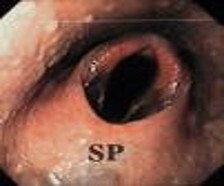

UAOs are extremely prevalent: 62–75% of barrel horses show at least one, and over half of those have multiple issues.
Indicators of UAO may include:
- Abnormal breathing noises
- Poor stamina or power output
- Exacerbation of EIPH (nosebleeds)
- Arena or box refusal
- Visible anxiety or respiratory distress
Understanding the horse’s unique physiology and its interplay with these conditions is crucial for optimizing respiratory health of speed event horses.





